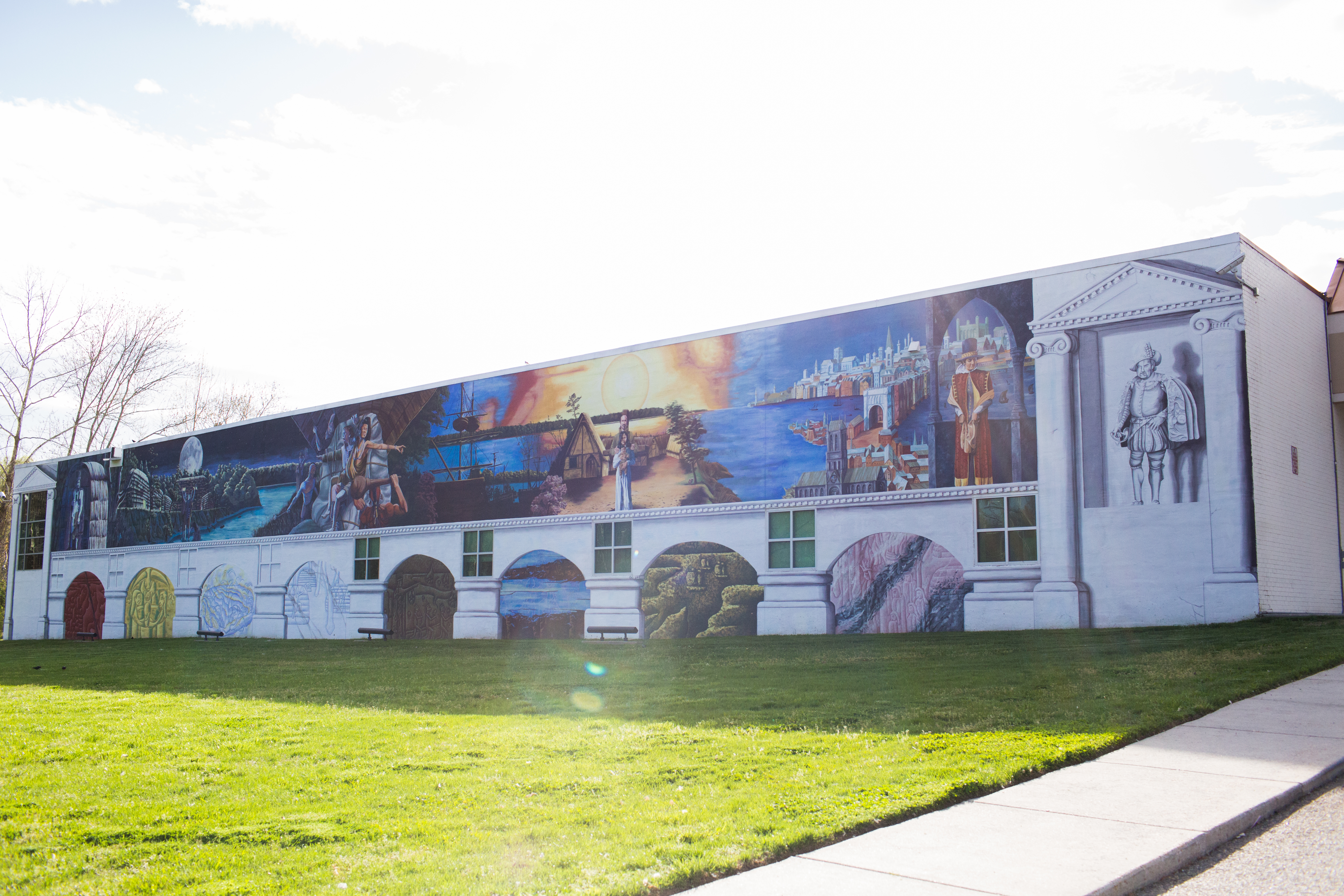Chances are, whether you live in or near the Middle Peninsula of Virginia, the story of Pocahontas and Captain John Smith is one you’ve heard.
How could you not want to listen to tales of an Indian princess who saved the life of an English explorer by throwing her own head on to his execution stone?
But some of the most interesting facts about Pocahontas aren’t as widely known.
In fact, some of the facts aren’t facts at all and continue to be disputed as myths among historians.
Either way, her story is one for the ages and a source of pride for the Middle Peninsula community where she lived (Werowocomoco, translated from the Virginia Algonquian language as “place of leadership,” was the residence of her father, Chief Powhatan, and is located in present day Gloucester County on the York River).
Here’s seven things you may not have known about Pocahontas and her Powhatan Tribe.
1: “Pocahontas” was not her birth name.
Born around 1596, Pocahontas was the daughter of Chief Powhatan and named “Amonute.”
She was called “Pocahontas,” which means “playful one,” due to her frolicsome and curious nature.
History tells us she was one to seek out an adventure and roam the grounds of the Powhatans.
Some will even tell you, like in this article in Smithsonian Magazine, that Pocahontas could have even meant “ill-behaved one.”
2: Pocahontas worked hard.
Just because she grew up as Chief Powhatan’s daughter, that didn’t give Pocahontas any outs from day to day work. It was in her father’s best interest to make sure his daughter knew how to be a functioning adult woman within the tribe. He was, after all, the ruler of 30 Algonquian-speaking tribes.
The work between men and women were different, but both were just as important to maintain function in their community.
Besides bearing and rearing children, the women of the tribe were responsible for building the houses, taking charge of all the farming, cooking, collecting water for cooking and drinking, gathering firewood, and making house mats, baskets and cooking utensils.
Their role in the tribe was crucial to keeping everything running smoothly.
Pocahontas learned all these skills within her tribe and was prepared to use them to the best of her abilities.
Perhaps it was this work ethic that forged her place in history as a brave woman who was, at a time of great change and exploration, able to bridge two cultures.
3: She was a child, by all accounts and by today’s standards, when she rescued Captain John Smith.
Pocahontas was only 11-years-old when she, as legend has it, rescued Captain John Smith.
As the story is told from Captain Smith’s journal, he was captured by Pocahontas’s brother and brought to the Powhatan Tribe.
They then fed him a feast and laid his head on two stones to “beate out his braines” when Pocahontas quickly rushed in and placed her head on his to stop the execution.
Their love story that follows this legend is just that – legend – as it’s neither confirmed nor denied. But Pocahontas did in fact marry an Englishman named John Rolfe. Rolfe was one of the early English settlers of North America and credited with the first successful cultivation of tobacco as an export crop in the Colony of Virginia.
4: Powhatan’s Chimney in Wicomico was a clue, and what you see today is a recreation of the original.
In the greater legend of Captain Smith and the Powhatans, several landmarks in Gloucester, Virginia claim to tell the story of the tribe.
One of the remaining visual pieces of that story is an old chimney, all that remains of a house that Smith built for Chief Powhatan.
Located in Wicomico in Gloucester, the original chimney stood until about 1888 and then in the 1930s was rebuilt by the Association for the Preservation of Virginia Antiquities.
The chimney was long thought to be a clue to finding the site of Werowocomoco, where Powhatan lived.
5: Pocahontas was like the first Ambassador.
In many ways, Pocahontas became the bridge between the Native Americans and the English explorers, occasionally bringing the settlers food. By 1609 drought, starvation and diseases has found the Englishmen and they heavily relied on the Pocahontas to survive.
She even helped negotiate the release of Powhatan prisoners and bring them home.
6: Pocahontas was kidnapped…and converted to Christianity.
Around 1613, as Pocahontas was out searching for corn to feed hungry colonists, she was kidnapped by Samuel Argall, a sea captain who determined a shorter route from England to the Colony of Virginia and led one of the successful missions to Virginia to save colonists from starvation.
Argall abducted Pocahontas as a way to barter with Chief Powhatan to return English prisoners that were being held captive.
It took Chief Powhatan roughly three months after discovering his daughter was kidnapped to return seven Englishmen and their guns.
It was during her time in captivity that Pocahontas learned about Christianity, ultimately converting, getting baptized and taking the given name “Rebecca.”
7: A new life…and death.
During Pocahontas’s imprisonment, she met widower and tobacco planter John Rolfe. Their marriage was one of love and politics as the union was a step towards re-establishing positive relations between the colonists and the Indians.
In 1615 Pocahontas and Rolfe began their journey to England. They had a son named Thomas.
In 1617, as Pocahontas and Rolfe prepared to sail back to Virginia, she fell very ill and died. She was buried in England.
Rolfe continued his journey to Virginia and left his son back in England with relatives, who later ventured to Virginia two decades later to live on the family name.
The mural depicted above is located on Gloucester Main Street and tells the story of Pocahontas’ life.
